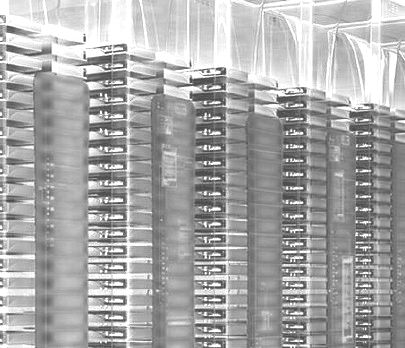
Driving Compute And Storage Scale Independently
While legacy monolithic applications will linger in virtual machines for an incredibly long time in the datacenter, new scale-out applications run best on new architectures. …

While legacy monolithic applications will linger in virtual machines for an incredibly long time in the datacenter, new scale-out applications run best on new architectures. …
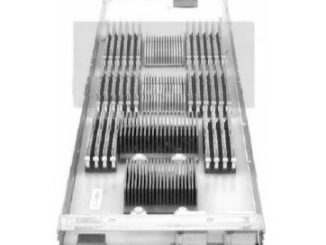
In the previous article, we left off with the basic storage model having its objects first existing as changed in the processor’s cache, then being aged into volatile DRAM memory, often with changes first logged synchronously into I/O-based persistent storage, and later with the object’s changes proper later copied from volatile memory into persistent storage. …

Some techies are capable of writing programs in assembler, but all will agree that they are very glad that they don’t need to. …
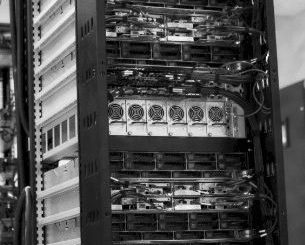
While most public cloud infrastructure has full-on server virtualization to dice and slice the compute, memory, and I/O capacity of iron so companies can share it, not every workload runs well atop virtual machines and in those cases, a bare metal cloud is a better place to be. …
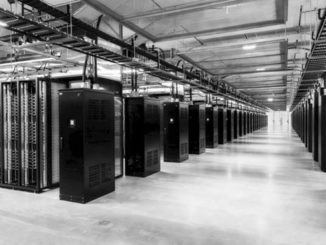
The Open Compute Project started by Facebook nearly five years ago is in many respects a tier one server maker a tier one server maker that just so happens to have multiple manufacturers etching motherboards and bending metal instead of one. …
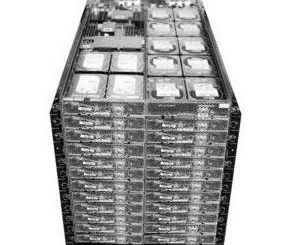
Just because computing and storage are commodities does not mean, by any stretch of the imagination, that they are inexpensive. …
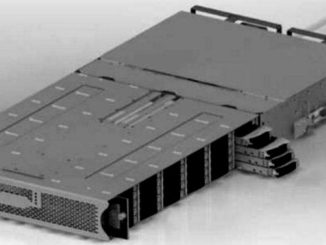
If disk drives were not so inexpensive and capacious, companies would have stopped using them for persistent storage as soon as flash drives became reliable enough for an enterprise duty cycle. …

Among the trends that we have been tracking over the course of the year, few others, outside of key processor developments, have attracted more attention than what is happening in the non-volatile memory space. …
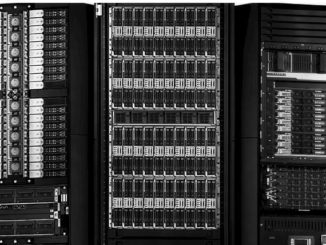
The hardware part of the high performance computing market is somewhere around $10 billion or so, depending on how you want to count it and who you want to ask, and Bill Mannel, vice president and general manager of a combined HPC and Big Data group within the newly constituted Hewlett Packard Enterprise half of the former Hewlett-Packard, reckons that his employer has north of a third of the business. …

Sometimes you have to break something to make it work right. …
All Content Copyright The Next Platform